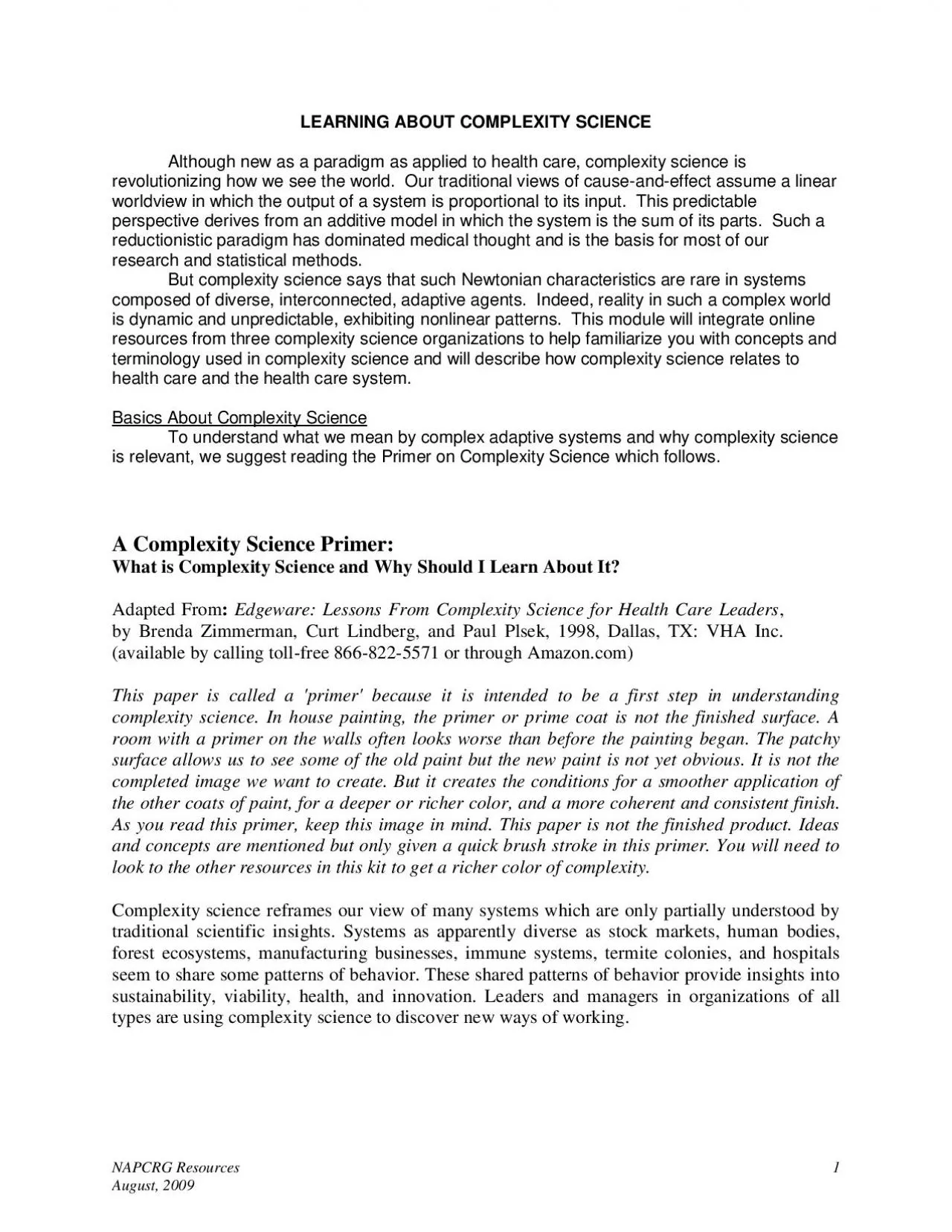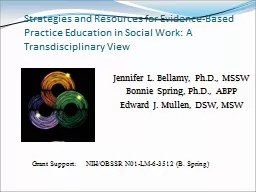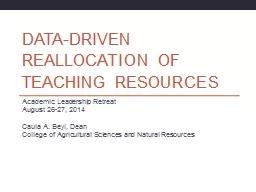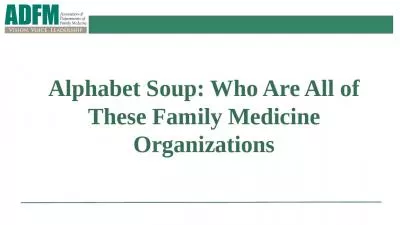PDF-NAPCRG Resources
Author : quinn | Published Date : 2021-09-24
1August 2009LEARNING ABOUT COMPLEXITY SCIENCEAlthough new as a paradigm as applied to health care complexity science is revolutionizing how we see the world Our
Presentation Embed Code
Download Presentation
Download Presentation The PPT/PDF document "NAPCRG Resources" is the property of its rightful owner. Permission is granted to download and print the materials on this website for personal, non-commercial use only, and to display it on your personal computer provided you do not modify the materials and that you retain all copyright notices contained in the materials. By downloading content from our website, you accept the terms of this agreement.
NAPCRG Resources: Transcript
Download Rules Of Document
"NAPCRG Resources"The content belongs to its owner. You may download and print it for personal use, without modification, and keep all copyright notices. By downloading, you agree to these terms.
Related Documents














